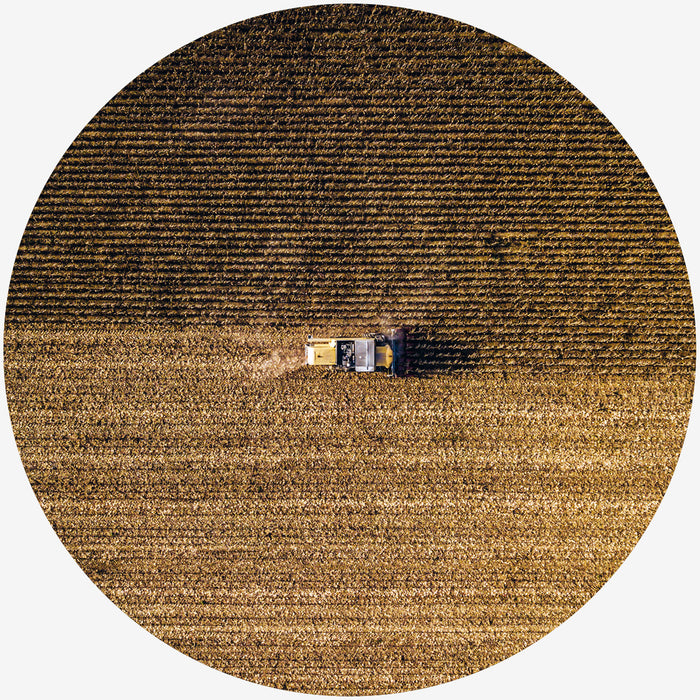Fall is here, and farms, businesses, and customers are getting ready for the harvest season. All the sweat, soil, and tears are coming together for the grand finale: reaping what we sow. Nothing is more rewarding than a healthy harvest filled with abundance.
But what happens when that abundance goes to waste?
In 2010, the United States reported close to 40% of its food supply was wasted. That's 133 billion pounds of food waste and lost energy, resources, time, and labor. Today, Americans spend 35% more or $218 billion a year on food never consumed, in a world where hunger affects many.
How did we get here? In our linear “take, make, waste” economy, we take natural resources, make products from them, and dispose of their waste. Food waste is the number one pollutant in landfills, producing methane, a greenhouse gas that contributes to global warming.
If we want to feed 9 billion people by 2050, we need to make radical shifts in the way we produce and manage our waste.
We'll need governments, businesses, and consumers to accelerate circular economies, based on the principles of designing out waste and pollution, keeping products and materials in use, and regenerating natural systems. Essentially, creating circularity that provides for consumption while restoring the environment and closing the loop.
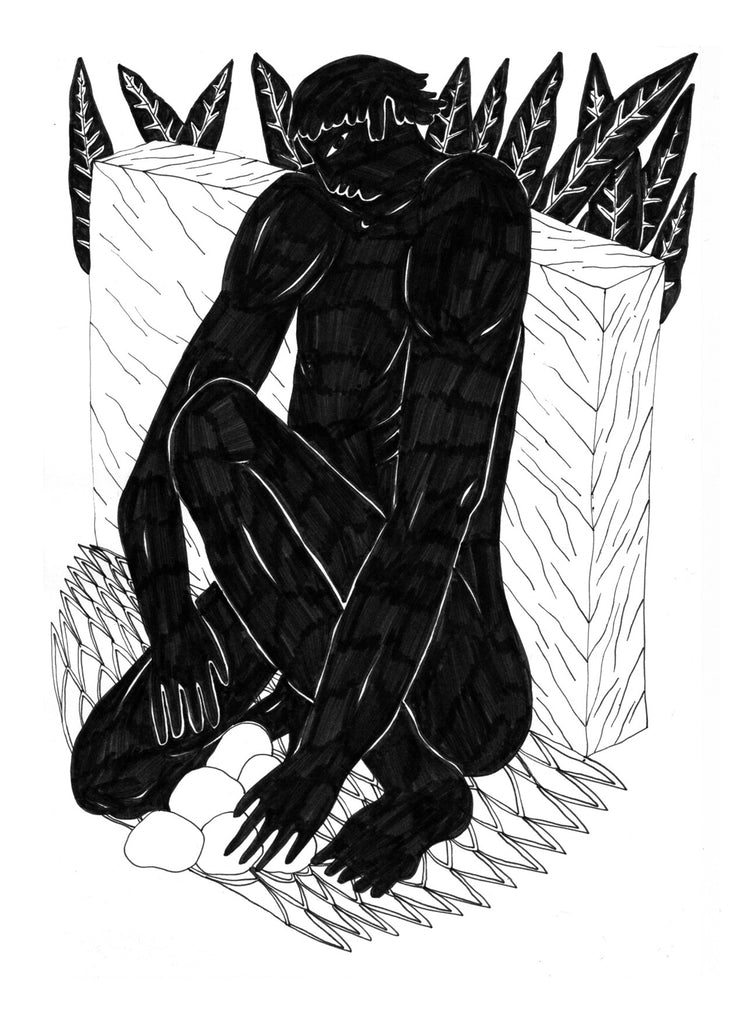
Illustration: Back to the Cave
In principle, circularity isn't new. Romans recycled trash. Aztecs recovered organic waste to fertilize crops. Societies throughout history harvested materials and made them useful, kept them in use, and returned them to the earth to start again.
Now, old-world traditions are finding new urgency in our modern world.
Here are some companies innovating natural materials and using agricultural byproducts and food waste to create closed-loop systems and products.
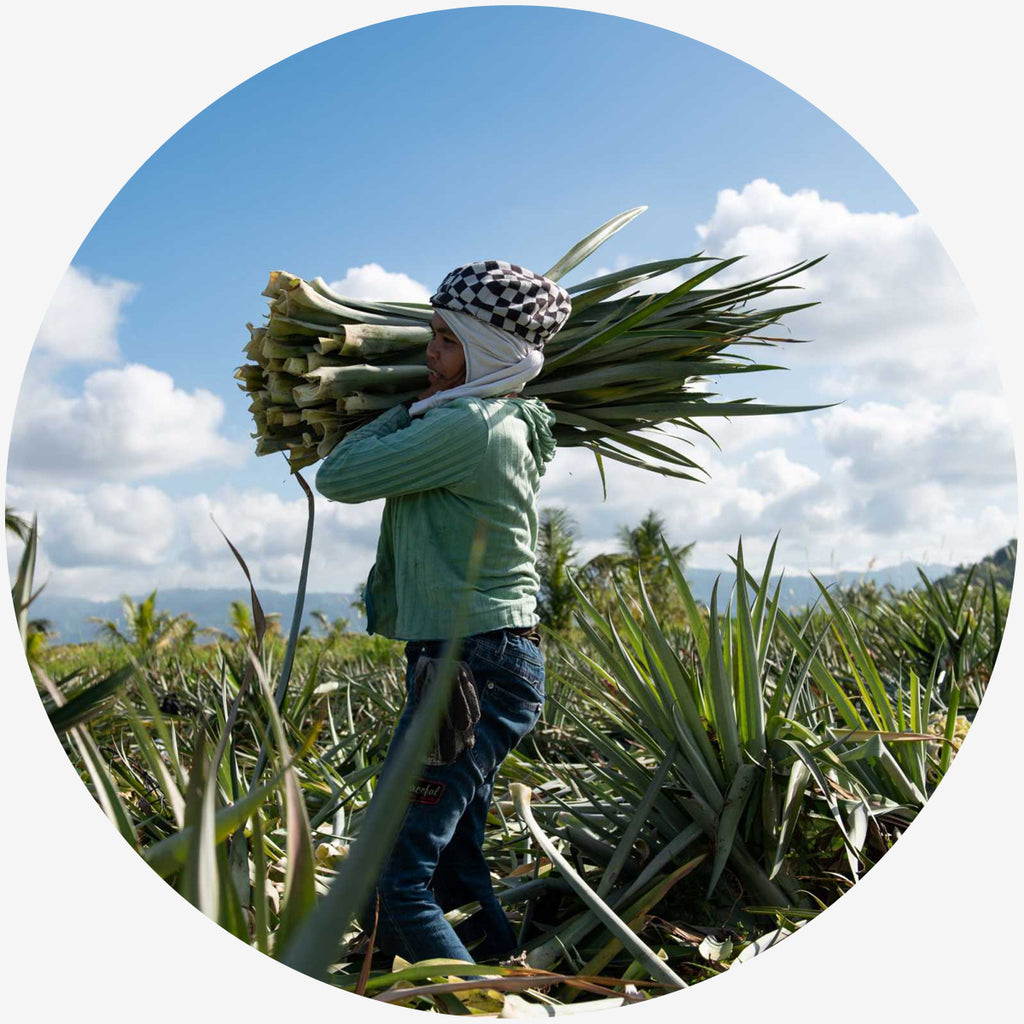
Photo: Piñatex
After seeing the environmental impact of producing leather, Dr. Carmen Hijosa developed Piñatex, a natural textile from pineapple leaf fiber, a byproduct of the fruit industry. Similarly, Circular Systems uses crop waste from banana trunks to create blended luxury fabrics, saving millions of tons of banana waste from burning each year.

Photo: Bio-Bean
Pineapples and bananas aren't the only fruit waste in the tropics. Coffee beans from coffee cherries are ground to produce 2.25 billion cups of coffee every day. As the largest recycler of coffee grounds in the world, Bio-Bean upcycles grounds into products ranging from natural flavors in food and beverages to clean fuel and logs for your fireplace.

Photo: Sabai
Our friends at Sabai make sofas and pillows using fabrics made from natural fibers and recycled water bottles. They're moving towards no longer using glue, which makes it so most of the sofa can be recycled, and their packaging is plastic-free too. It's also great to see that their Essential Collection was recently nominated by Interior Design Magazine for Best of Year under the Environmental Impact category. Congrats!
In addition to upcycling waste, farming natural materials for uses beyond food supply can sequester carbon and move businesses into becoming carbon-neutral.
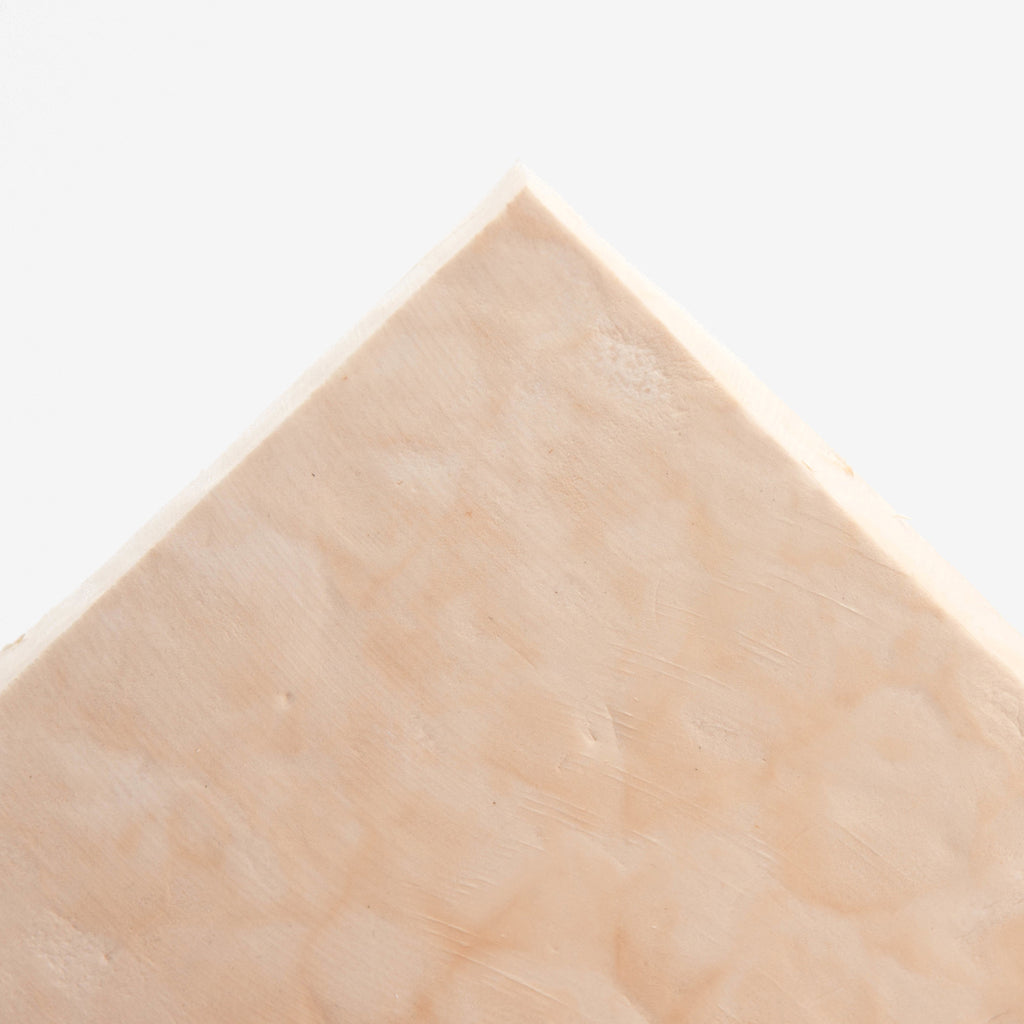
Photo: Ecovative
We love biotech company Ecovative for their work with mycelium from mushrooms. Their farmed and engineered mycelium replaces meat in foods, plastic in footwear, and styrofoam packaging used in apparel and skincare.
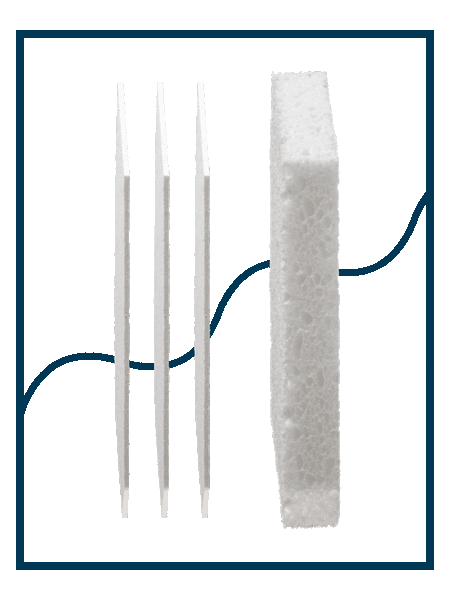
Over here at Sqwishful, our products are also plant-powered and harvested from edible plants such as luffa, bamboo, and hemp. Unlike plastic that's only been around for less than 100 years, these natural materials have been cultivated for 10,000 years.

Photo: Sqwishful
Our growers practice managed reforestation methods that ensure renewable growth and (you guessed it!) support a circular economy. All of our products and packaging are compostable and can return to, and regenerate, soil that promotes new crops and a healthy biosphere.

Making the transition from “make, take, waste” to “use and reuse” will require collaboration and innovation. We'll need to bridge ancient wisdom with modern technologies. We'll need to find more and better ways to rethink and repurpose waste to create long term value that discourages pollution and supports sustainable living. Then, we'll have the very best abundance – abundance without waste.
